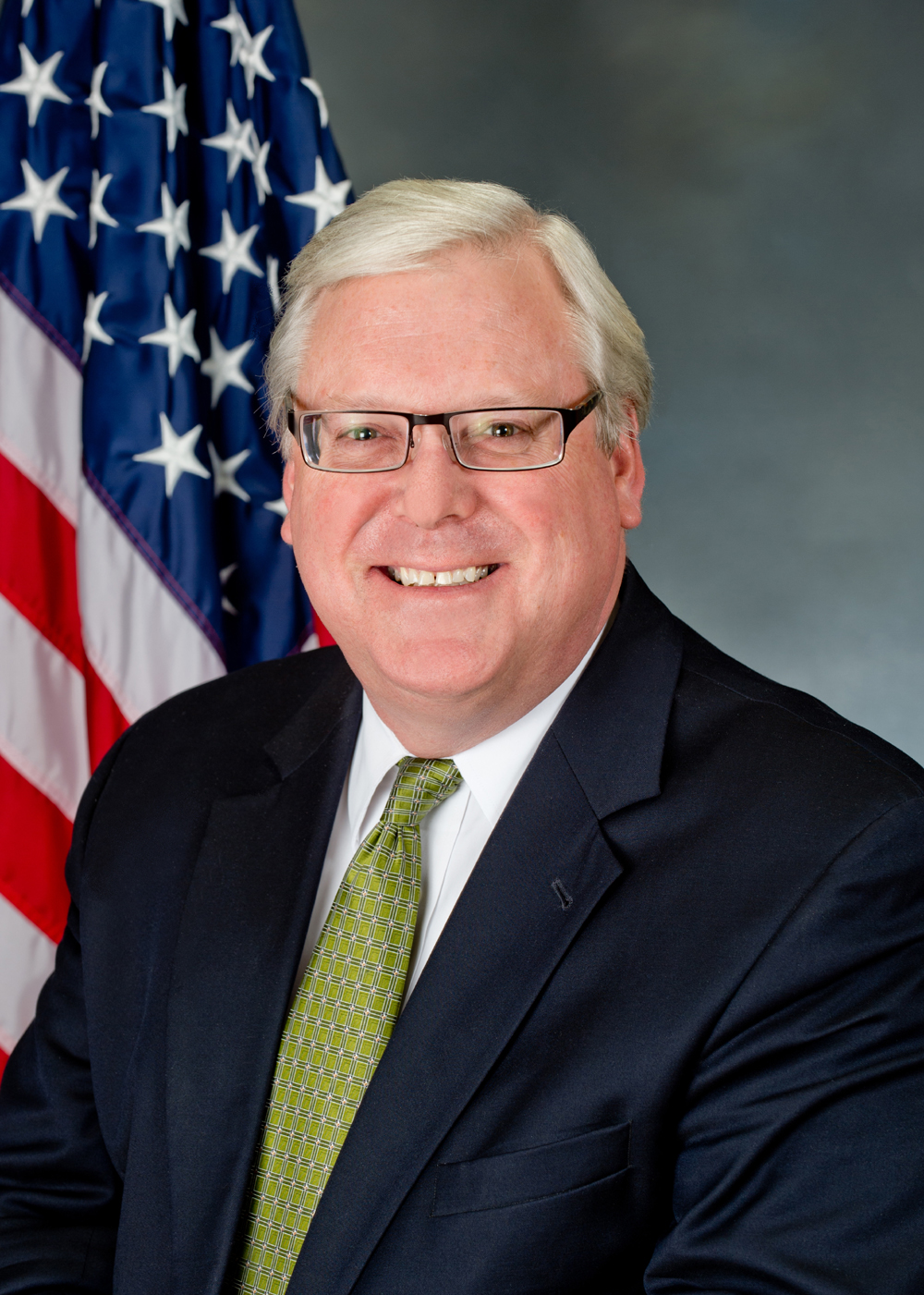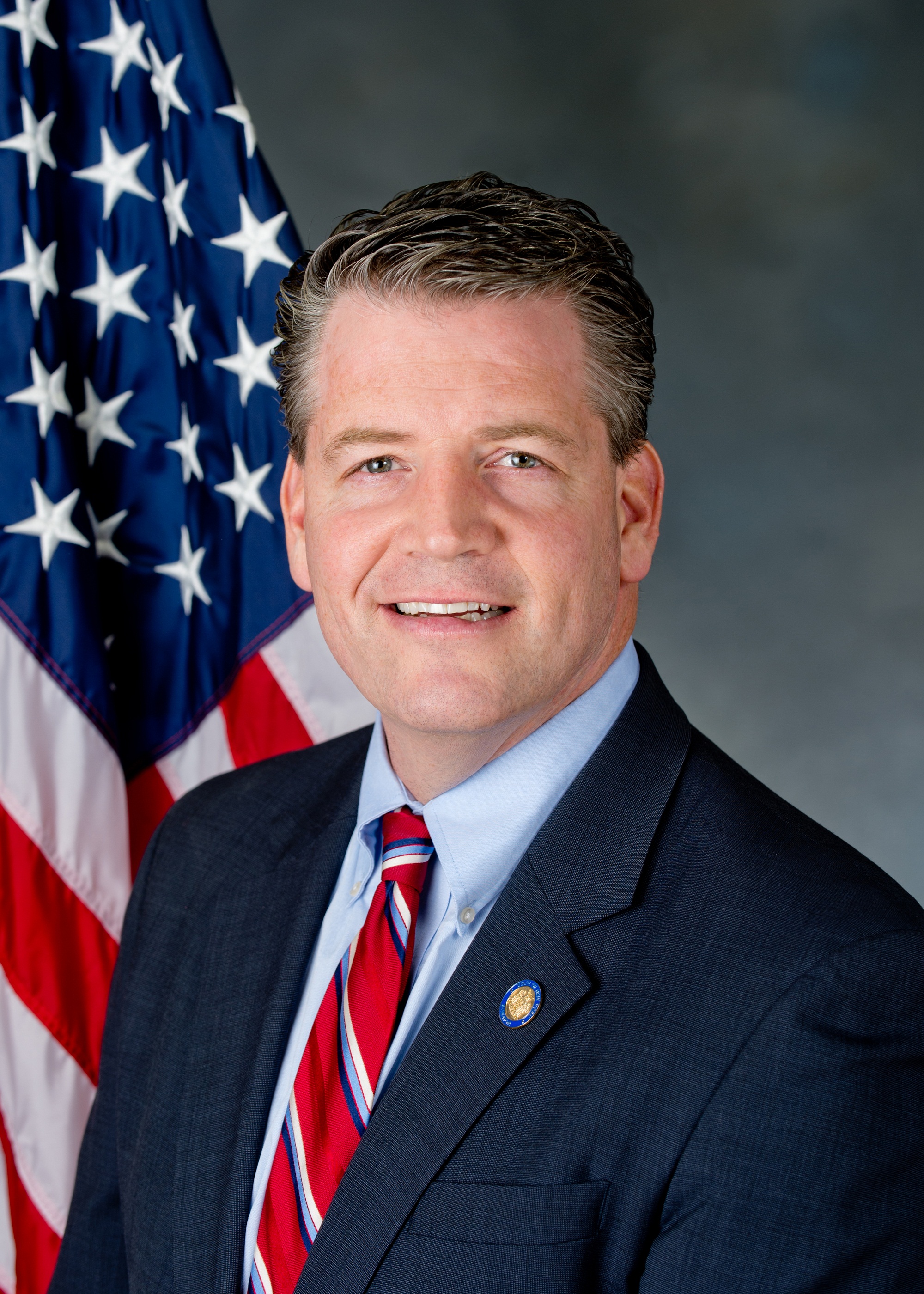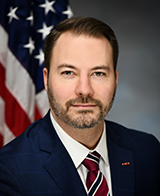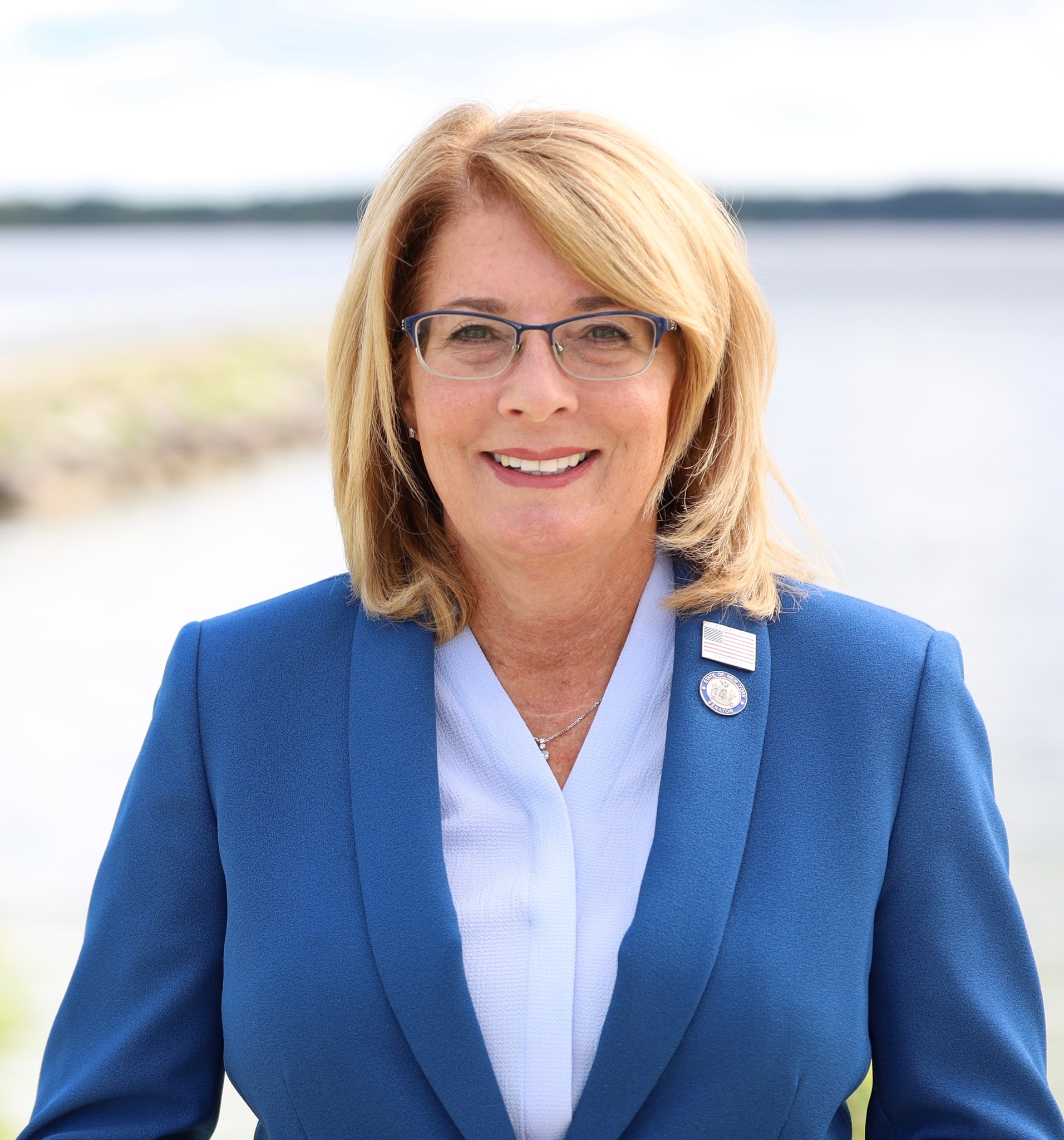Senate Passes Comprehensive Package to Improve Water Quality and Help Communities Address Serious Water-Related Challenges
Majority Press
May 7, 2018
-
ISSUE:
- Clean Water
- Water Infrastructure
The New York State Senate today passed several bills to help protect critically important water supplies and provide further support for communities that depend on them for their quality of life and to support economic growth. The measures take necessary actions to prevent toxins from impacting waterbodies, provide new water quality resources for municipalities, and assist upstate shoreline communities still rebuilding from last year’s damaging floods.
The measures acted upon today build on the Senate Majority’s longstanding commitment and leadership in ensuring the state provides the resources necessary to address extensive water quality issues and infrastructure needs across the state. Recent successes have included last year’s historic investment of $2.5 billion to ensure all New Yorkers have access to clean, safe drinking water. This includes a commitment secured with the help of the Senate to make funds available beginning in 2018 through the state Environmental Facilities Corporation for grants to public water systems to address emerging contaminants while the State Department of Health (DOH) establishes maximum contaminant levels for PFOA, PFOS and 1,4-dioxane. In this year’s budget, the Senate included a measure to require the DOH to establish a statewide plan for examining lead service lines to help reduce harmful lead exposure. That effort was on top of a 2016 law to protect children from potentially being exposed to dangerous lead levels in school drinking water by requiring periodic testing of students’ drinking water.
Senator Kemp Hannon (R-C-I, Nassau), Chair of the Senate Health Committee, said, “These measures advanced today will build on our earlier work to protect water and provide more information to consumers. I am proud the Senate was successful in pushing for the historic $2.5 billion investment for clean water projects and creation of a Drinking Water Quality Council. These were necessary steps to ensure appropriate responses to current and future water quality issues. Although last year’s appropriation was an important start for protecting public health and ensuring access to clean drinking water, more must be done.”
Senator Tom O'Mara (R-C-I, Big Flats), Chair of the Senate Environmental Conservation Committee, said, “Among our most important actions over the past several years have been actions to help localities undertake vital and long-overdue water infrastructure improvement projects. These actions have become particularly timely as drinking water quality concerns and crises regionally, statewide and across the nation have become increasingly acute.”
Today’s bills address many of the continuing issues facing communities that have been faced with actual or potential threats to drinking water safety, as well as fluctuating water levels along the Lake Ontario and Saint Lawrence River shorelines. They include:
Statewide Clean Water Initiatives:
S6655, sponsored by Senator Hannon, directs the DOH to post on its website information relating to emerging contaminant notifications levels. This bill makes these educational materials easily accessible to the public and public water systems.
S3002, sponsored by Senator Kenneth LaValle (R-C-I, Port Jefferson), allows the board of supervisors of each county to establish, consolidate, or extend watershed protection improvements for protecting and restoring groundwater, surface water, and drinking water quality. Contaminants from stormwater runoff and ineffective sanitary septic systems can cause excessive algae growth, close bathing beaches and shellfishing areas, harm aquatic life and contaminate drinking water. This legislation would expand the power of the board of supervisors of each county to establish watershed protection improvement districts, which would provide a dedicated, sustainable local funding source with equitable shared costs to: install and maintain stormwater treatment; drainage and infiltration projects; septic system upgrades; alternative septic systems; conservation landscaping; stormwater collection devices; and natural shorelines and shoreline buffers.
S7752, sponsored by Senator Terrence Murphy (R-C-I, Yorktown), creates a mechanism for the state to study, respond to, and mitigate harmful algal blooms and hypoxia which have become a pervasive problem across the state. This legislation is pivotal because the state does not have a specific program or inter-agency approach to this emerging threat to water supplies and recreational water use. In 2015, the DOH documented an estimated 35 harmful algal bloom (HAB)-associated illnesses in 16 New York counties, all associated with exposure during recreational activities like swimming and boating. In 2016, drinking water for more than 40,000 people in Cayuga County was impacted when HAB-related toxins were detected in drinking water for the first time. In 2017, more than 100 beaches were closed for at least part of the summer due to HABs, and Skaneateles Lake - the source of unfiltered drinking water for several communities including the City of Syracuse - was threatened by algal blooms for the first time.
Protection of Regionally-Important Water Supplies
S8408, co-sponsored by Senators Hannon and O’Mara, directs DOH to conduct an assessment of alternatives to eliminate or reduce perfluorooctanoic Acid (PFOA) in the municipal water supply in Petersburgh, Rensselaer County. In November 2016, the New York State Department of Environmental Conservation (DEC) announced it had secured an initial legal agreement to hold Taconic Plastics responsible for PFOA contamination in Petersburgh area. Specifically, DEC called on Taconic to investigate the feasibility of an alternative water supply as part of its Remedial Investigation Work Plan. However, the consent order itself does not contain language for studying the feasibility of an alternative water supply. Requiring a study about the feasibility of an alternative water supply is crucial so the Town of Petersburgh has as much information as possible to make informed decisions on its water quality.
S4812, sponsored by Senator LaValle, authorizes the enactment or enforcement of local laws or ordinances requiring the monitoring of groundwater impacts resulting from mining or the reclamation of mines within counties with a population of one million or more which draw their primary source of drinking water for the majority of county residents from a designated sole aquifer. Routine groundwater sampling and monitoring can help determine what, if any, groundwater resources may be impacted from these types of operations and provide an early warning system for any current or future groundwater contamination.
Continued Support for Lake Ontario and St. Lawrence River Communities
Last year, communities along the Lake Ontario and St. Lawrence River waterfronts were subject to extensive flooding and storm damage that greatly impacted homes, businesses, and infrastructure. A historically wet spring resulted in serious flood damage – property eroded away, houses sustained damage, businesses were disrupted or forced to close, and infrastructure was broken. The Senate responded by securing $45 million in flood relief as part of the Lake Ontario-St. Lawrence Seaway Flood Relief and Recovery Grant Program and this year, again succeeded in providing $40 million in new funding to assist owners of residences still needing repairs to impacted property. However, more action is still needed.
Currently, increased water levels indicate that such flooding could be a more frequent occurrence rather than simply a one-time event, so the need has arisen to develop a prudent state government strategy to provide effective and ongoing prevention, response, and recovery measures for the Lake Ontario and St. Lawrence River waterfronts. Legislation passed today includes:
S7274, sponsored by Senator Patty Ritchie (R-C-I, Heuvelton), allows owners of primary and income-qualified seasonal residences access to grant funding for the repair and restoration of docks damaged by flooding between January 1, 2017 and June 30, 2017, along with the current repairs and restorations allowed under the grant program. The funding will be done through the Lake Ontario-St. Lawrence Seaway Flood Recovery and International Joint Commission Plan 2014 Mitigation Grant Program created by the Senate Republican Majority Conference last year.
Senator Ritchie said, “Docks not only provide access to our waterways, they also provide additional protection from erosion and damage to shoreline properties. By clarifying that docks in need of repair are eligible for funding through the Lake Ontario-St. Lawrence Seaway Flood Relief and Recovery Grant Program, we are supporting those who are still trying to bounce back from last year’s high water, as well as helping them protect their property from future damage.”
S6535A, sponsored by Senator Robert Ortt (R-C-I, North Tonawanda), requires the DEC to promulgate rules and regulations describing shoreline resiliency infrastructure projects approved for use by homeowners, businesses, farmers, and not-for-profits, and creates a 25 percent tax credit, up to a maximum of $10,000, for the installation of projects on this approved list. It will help communities rebuild and provides financial incentive and relief to proactively install approved shoreline resiliency projects to protect their investments from damage.
S8181, sponsored by Senator Pamela Helming (R-C-I, Canandaigua) establishes a Lake Ontario-St. Lawrence River flood prevention, response and recovery program. This bill empowers the state’s Adjutant General and Division of Military and Naval Affairs to develop and administrate such a program and to provide effective resources by means of financing through the state Urban Development Corporation.
S8182, sponsored by Senator Pamela Helming, establishes a Lake Ontario-St. Lawrence River Flood Prevention, Response, Recovery and Mitigation Task Force to examine and evaluate the causes and impacts of flooding along the waterfront. This bill also requires the Task Force to produce a report with recommendations about how effective measures can be taken to prevent, respond to, and recover from such flooding events.
Senator Helming said, “Last year, we acted quickly to provide much needed relief and financial assistance to homeowners, businesses and municipalities affected by the historic flooding along Lake Ontario’s southern shore. As a result, we delivered the largest-ever state allocation of disaster relief in our state’s history. Increased water levels in the beginning part of this year indicate that such flooding could very well be a frequent occurrence, rather than a simple, one-time event. It is our responsibility to develop a practical state government strategy to provide effective and ongoing prevention, response, and recovery measures that will assist communities along the southern shore of Lake Ontario. This legislation will help shoreline communities become more resilient and mitigate the impacts of potential flooding in the future. I want to thank all of my colleagues for supporting this important legislation and fulfilling the state’s obligation to these communities.”
The bills have been sent to the Assembly with the exception of S4812, which has already passed the Assembly and will be sent to the Governor.
related legislation
Share this Article or Press Release
Senators Involved
Senate District
58th Senate District
Senate District
Senate District
Senate District
62nd Senate District
54th Senate District






